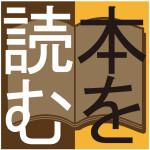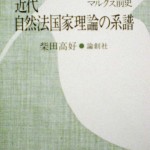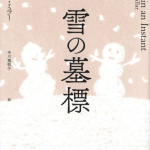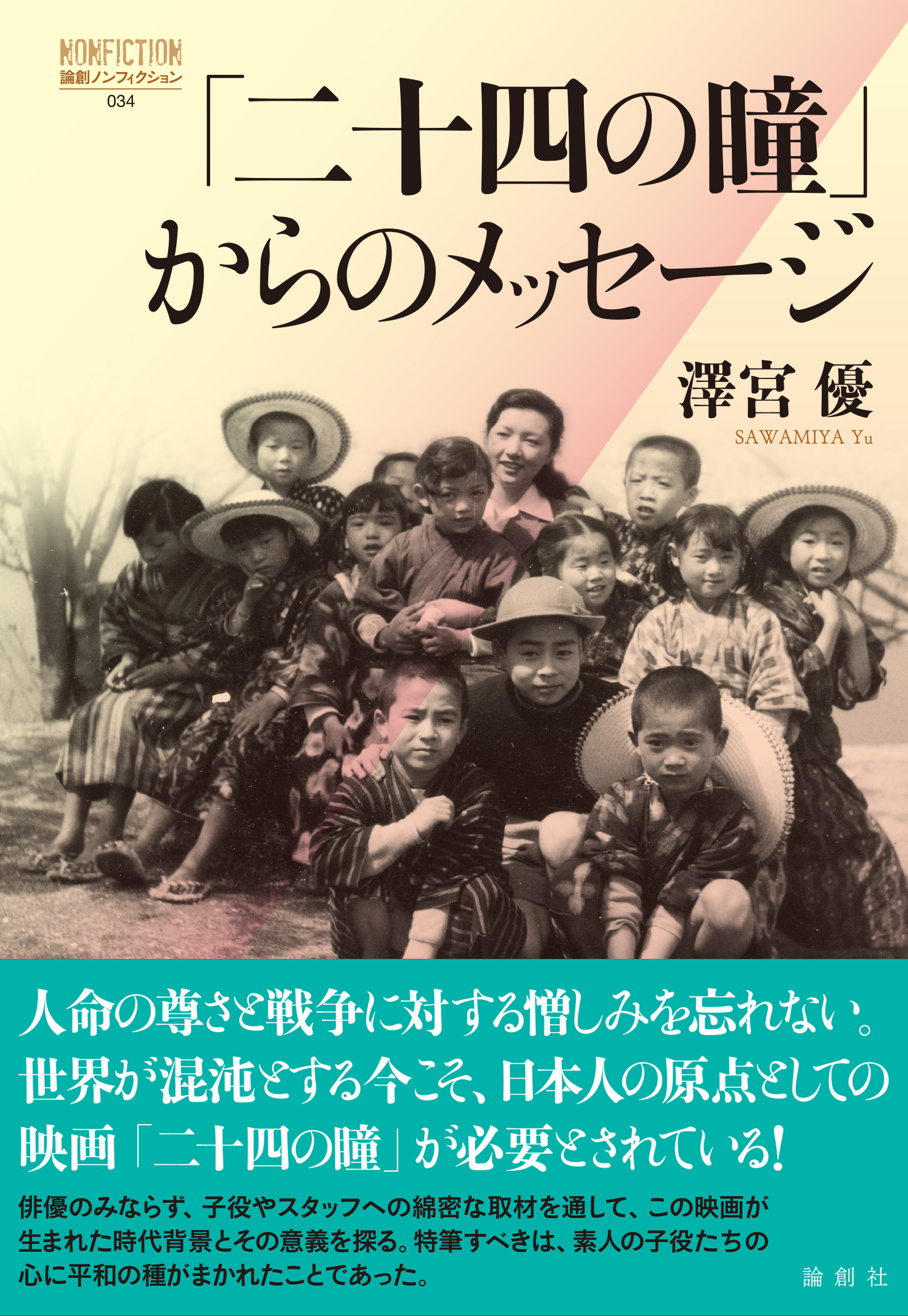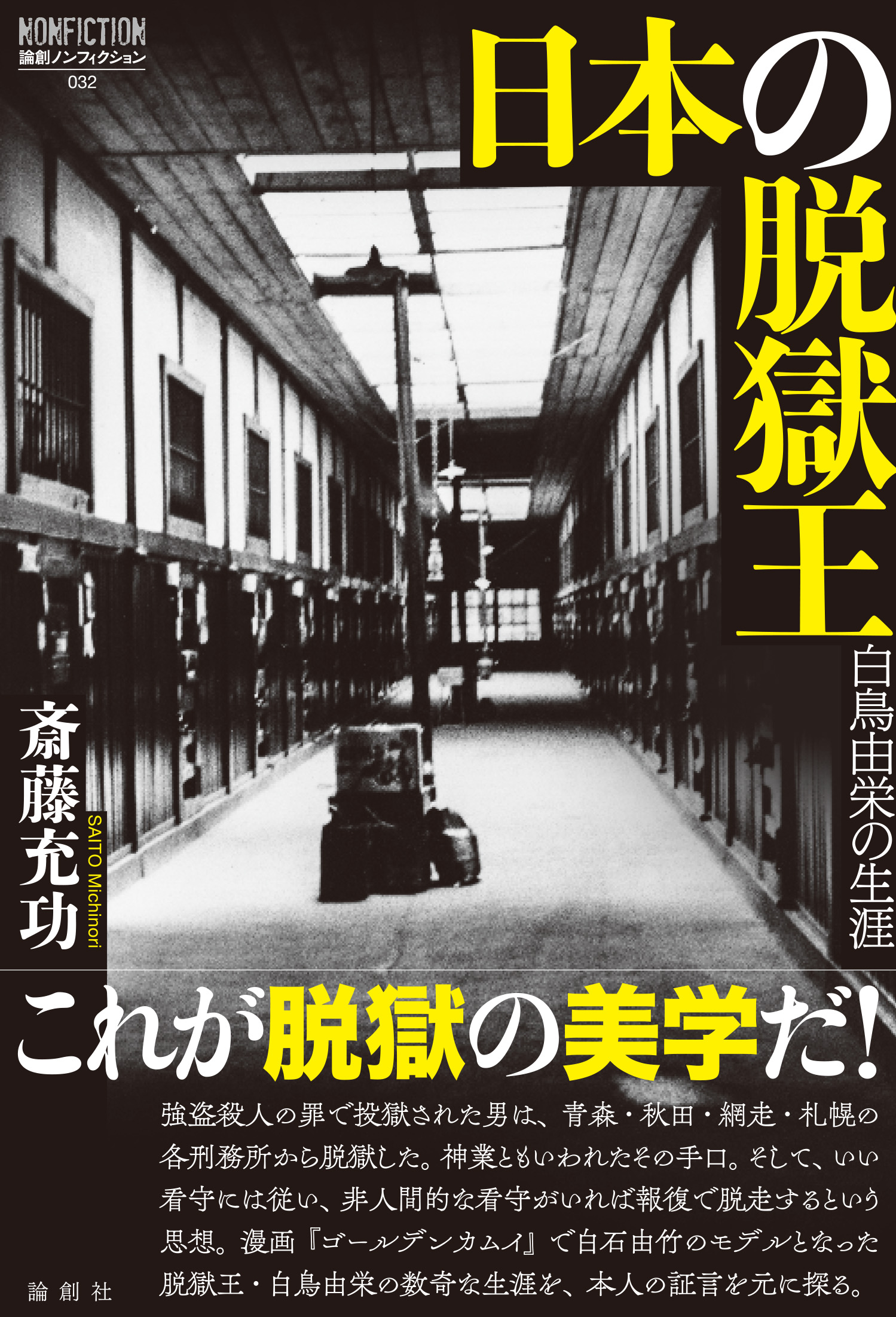- 2018-11-1
- お知らせ, 論創通信, The Nichiren Buddhism【ミステリーな日蓮 英訳版】
5. Restoration of the Lotus Sutra by Chanting Daimoku
Hiroto Ema
Realizing the force of Nenbutsu which spread like wildfire, the mainstream Buddhism that had criticized the Pure Land sect chose to coexist with Nenbutsu and responded to the requests of people who wished to die peacefully and go to the Paradise. For Nenbutsu was a common training of Buddhism, there should have been no opposition unless it was exclusive.
As Nenbutsu became dominant, people lost their interest in the belief in the Lotus Sutra, which had been worshiped as the king of sutras just a little while ago. And this situation was also applied to the rulers of the shogunate. It was natural and inevitable that the Lotus Sutra, once treasured by the rulers such as Minamoto no Yoritomo(1147-99), was substituted with Nenbutsu. And the one who tried to change this situation was Nichiren(1222-82).
Nichiren thought the misfortunes of the world caused by bad weather and starvation were the result of the fact that the rulers believed in Nenbutsu instead of the Lotus Sutra. So, as a legitimate successor of Chigi (Tendai Daishi 538-597) of China and Saityo (Dengyo Daishi 766-822) of Japan, he aimed at the restoration of the belief in the Lotus Sutra. To the eyes of Nichiren, the prevalence of Nenbutsu seemed a challenge by the pagans who were trying to deny the belief in the Lotus Sutra.
Then, how could the prevalence of the belief in Nenbutsu be deterred and the rulers of the shogunate be made to believe in the Lotus Sutra again? Because Nenbutsu had gained the faith of many through the Chanting Nenbutsu, in which one only have to chant Namu Amida Butsu, a superior way of chanting based on the belief in the Lotus Sutra must be established and popularized, so Nichiren concluded. The Chanting Daimoku (to chant title, in this case “Myoho Renge Kyo”), which has become a synonym of Nichiren, was thus established.
Tendai Daishi asserted that Myoho Renge Kyo(妙法蓮華経), the title of the Lotus Sutra, comprehends all of the Lotus Sutra in the five Chinese characters, and this interpretation was widely accepted in the establishment of Buddhism. Based on this interpretation, Nichiren integrated the belief in the Lotus Sutra into the devotion to the five characters.
By establishing the Chanting Daimoku, the Lotus Sutra reappeared in eastern Japan as a faith of Buddhism which both warriors and the lower classes could hold. Nichiren faced up to the prevalence of Nenbutsu and tried to hold back the spread of the belief in Nenbutsu by popularizing the Chanting Daimoku of Nam Myoho Renge Kyo. It seems that at first Nichiren was strongly conscious of the defiance against Nenbutsu and the battle with the Nenbutsu monks who were popularizing it.
November 1st 2018
Please let us know your feedback via e-mail.
(Next section will be released on December 1st)
Back Number → The Nichiren Buddhism
5.唱題で、法華経の再興を目指す





